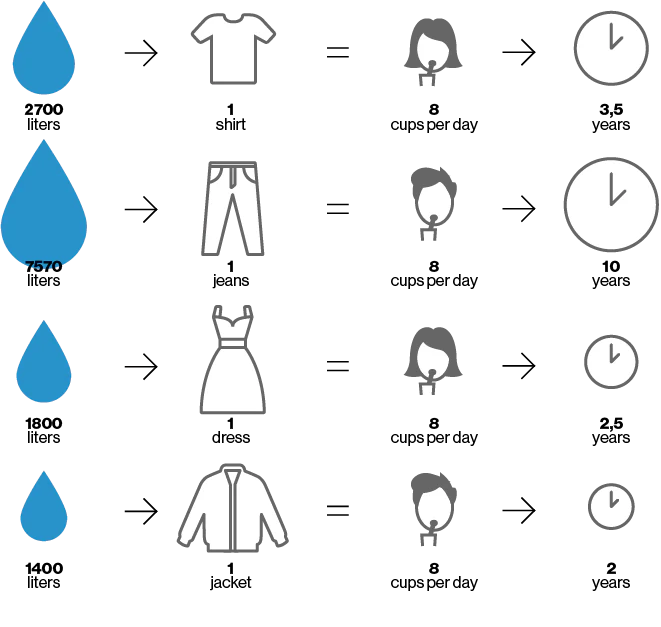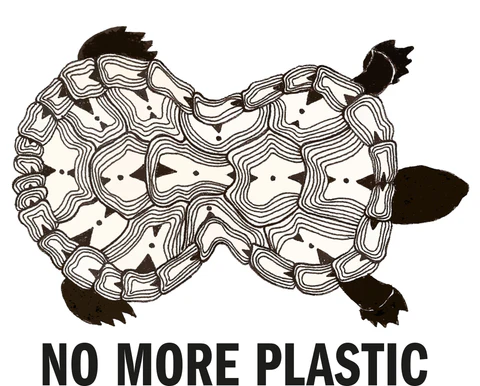Digital fashion sustainability reports
ENVIRONMENTAL IMPACTS:
Traditional Fashion VS Digital Fashion
Fashion industry is considered one of the largest polluters in the world by the UN Conference on Trade and Development. The environmental damage is only increasing as the industry grows. The production and distribution of the fibers and garments used in fashion all contribute to different forms of environmental pollution, including water, air, and soil pollution. Some of the main factors that create pollution are vast overproduction and overconsumption of fashion items and the use of synthetic fibers. At DressX, we are creating the garments of the future that eliminate waste and chemicals during production, and minimize carbon footprint.
Production of a digital garment emits 97% less of CO2 than production of a physical garment. Our calculations show that during production we don‘t use water (besides the water our team drinks on a daily basis). Thus, production of a digital garment, on average, saves 3300 liters of water per item, which is enough for one person to drink 2 liters per day during 3,5 years.

Guiding Principles & Strategies
In our efforts to help the fashion industry to change, at DressX we are donating 1% from revenue of the sales of all of our digital garments to No More Plastic foundation.

With the United Nations Sustainable Development Goals serving as guidelines, all of our commercial activities have positive environmental and social impact. DressX will positively contribute to four of the seventeen goals:

DressX activities will be focused on adding value to the extended Triple Bottom Line of 'People, Planet, Prosperity, and Partnership', thereby creating an entity that can truly achieve Net Positive Impact.





